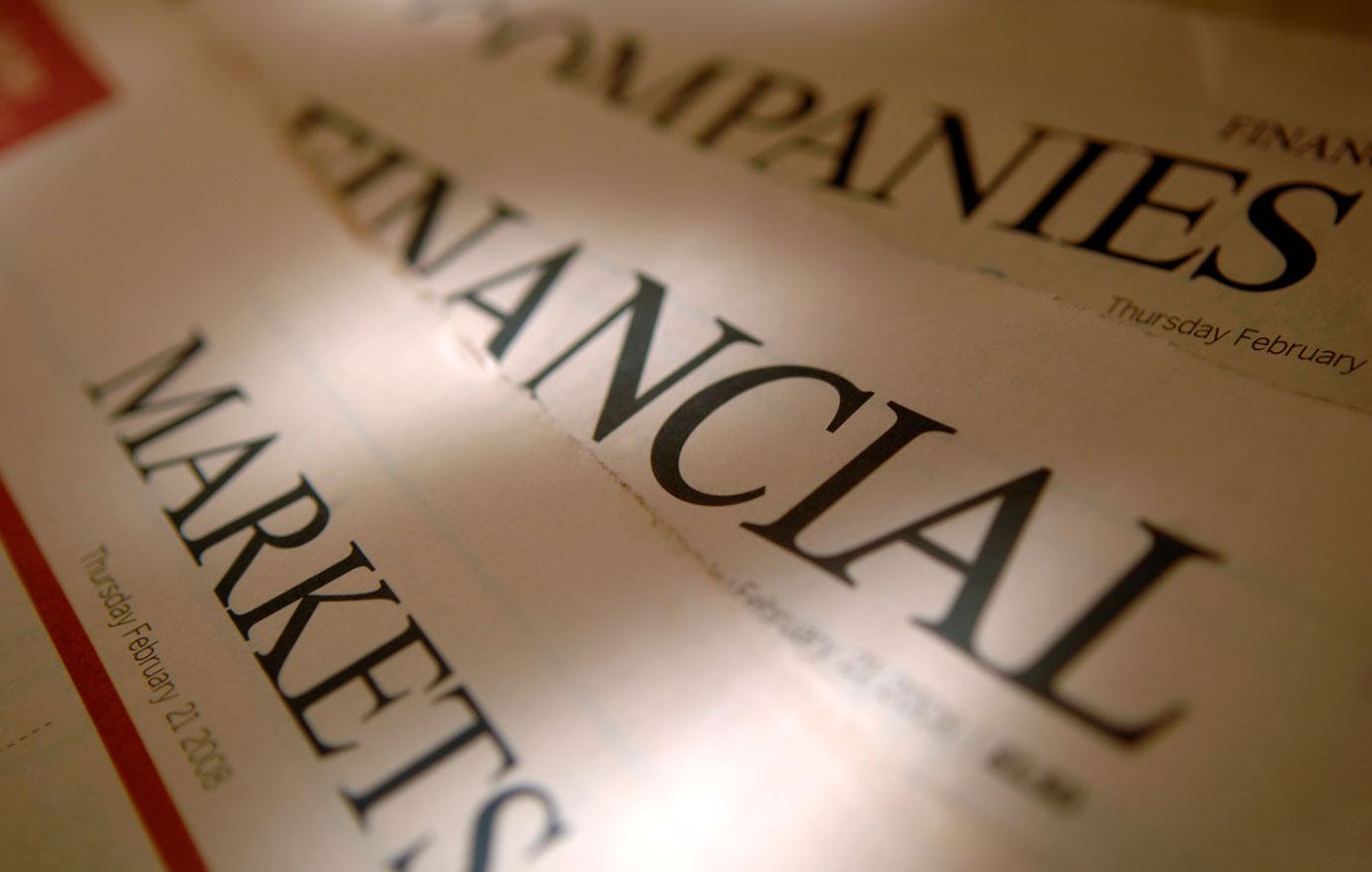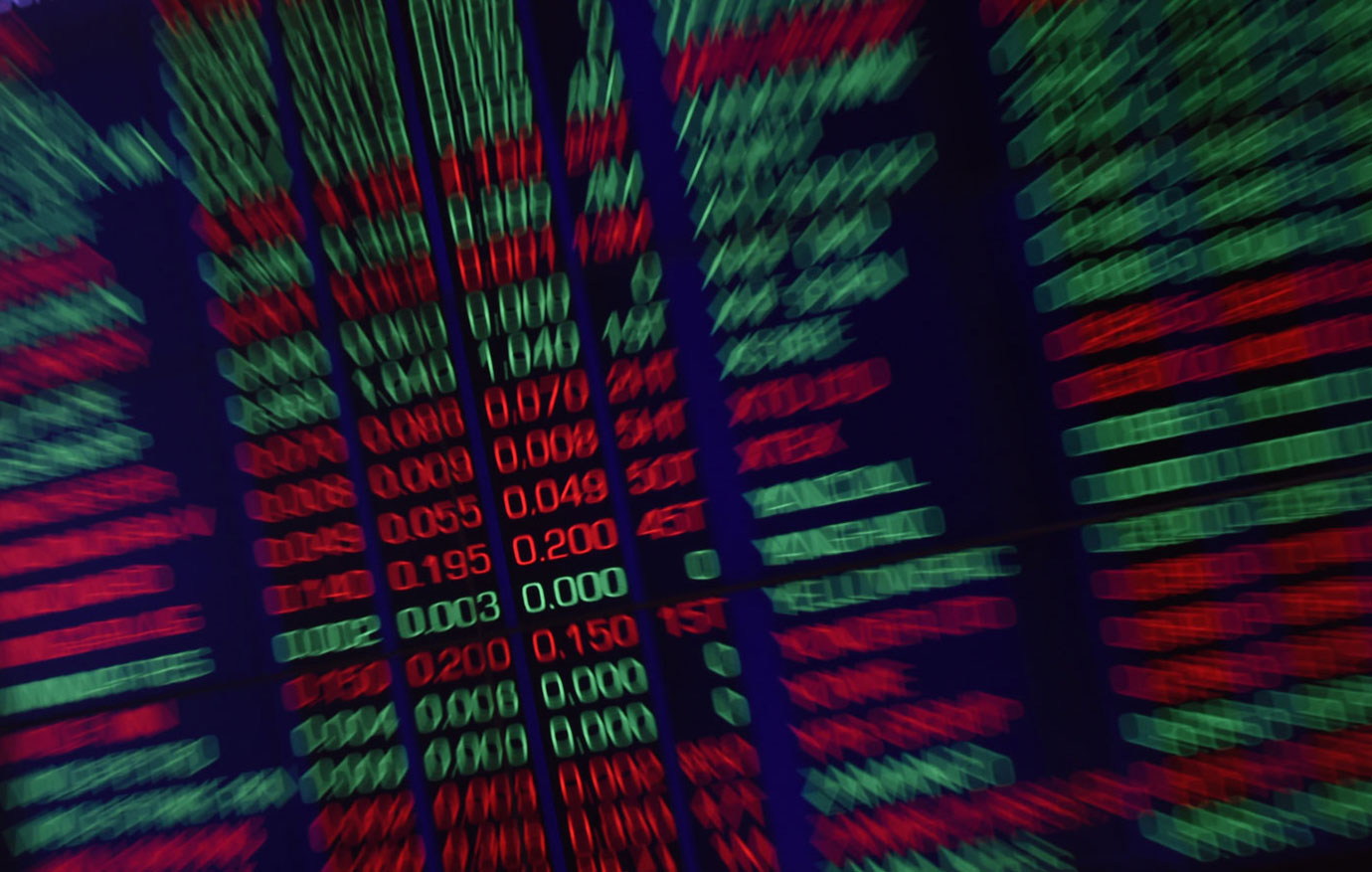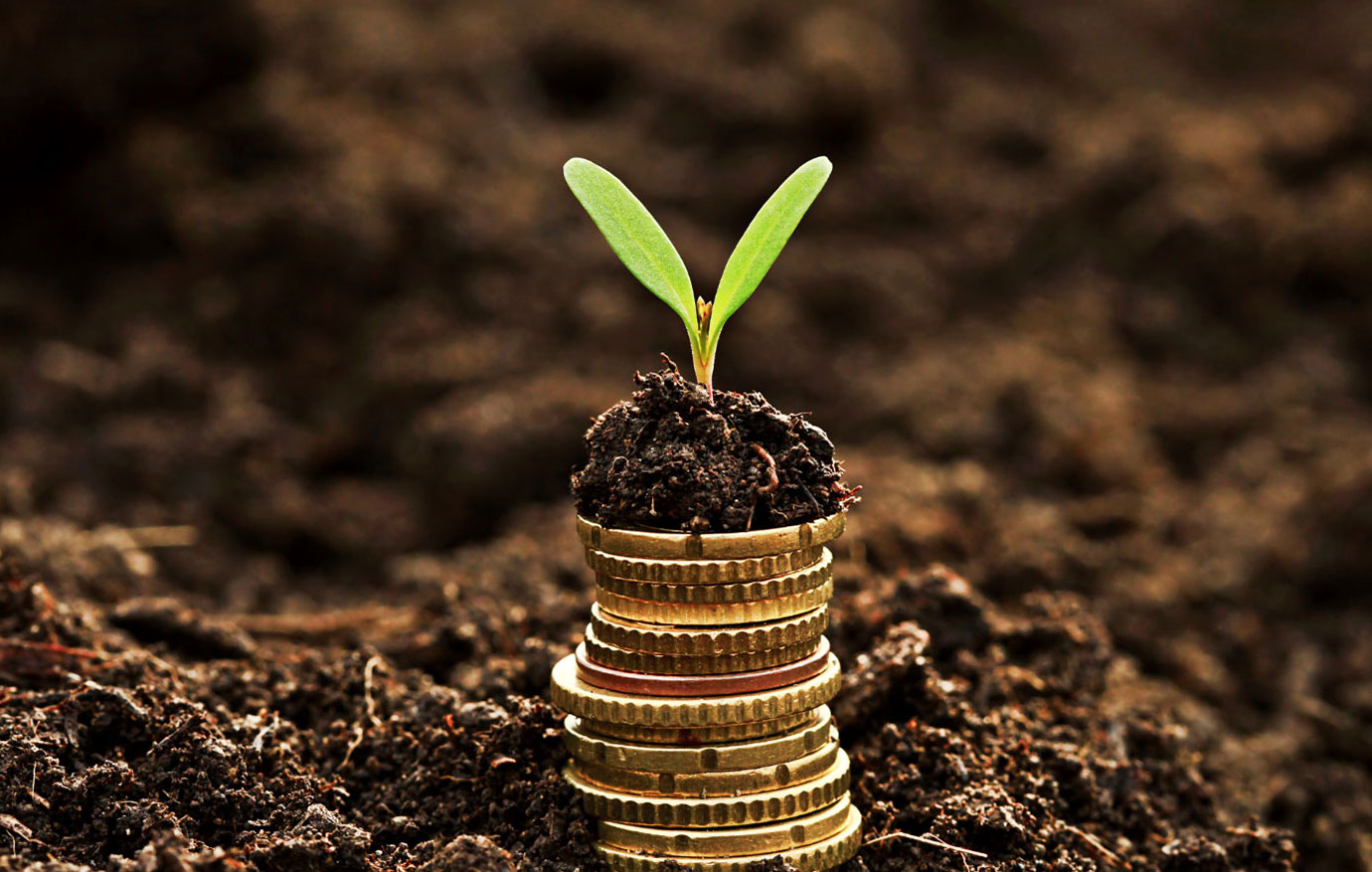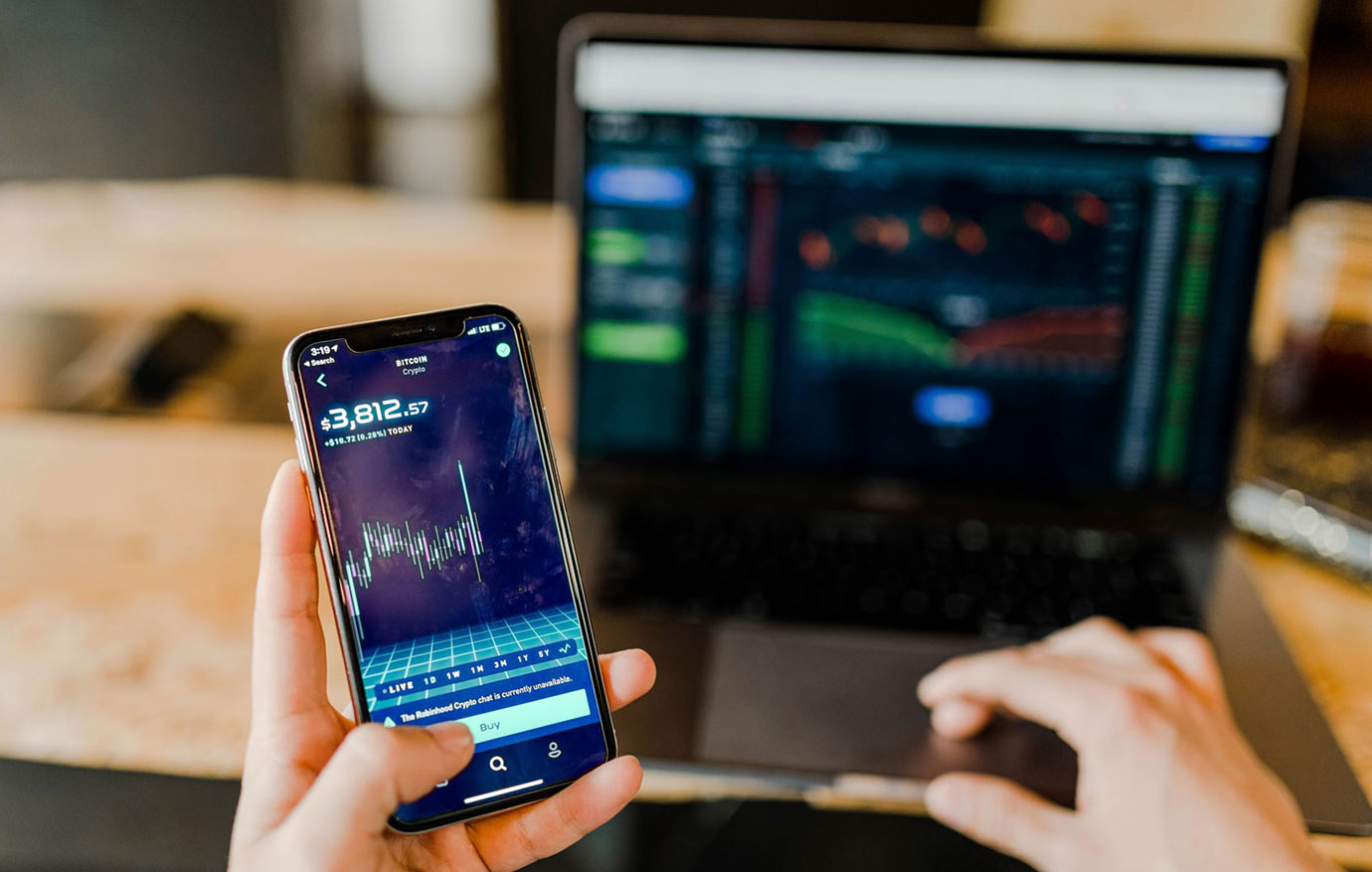
How to Think about the Economy: A Primer
From the Preface …
This little book was written to accomplish something big: economic literacy. It is intentionally kept very short to be inviting rather than intimidating, as economics books typically are. If I managed to meet this bar, you, the reader, will gain life-changing understanding of how the economy works in practically no time. This is lots of value at a very low cost.
If I have managed to exceed expectations, this book will also make you excited about what economics has to offer. Because economic literacy is mind-opening. Sound economic reasoning is an enormously powerful tool for understanding both the economy and society. It uncovers what is going on under the surface and why things are the way they are. In fact, economic literacy is necessary to properly understand the world.
Part I: Economics
1. What Economics Is
The Economy
The Economic Problem
Economics as Understanding
2. Economic Theory
The Starting Point
Unpacking Human Action
The Genius of the Action Axiom
3. How to Do Economics
The Meaning of Exchange
Price and Value
Price Mechanism
The Step-by-Step Method
Economics as a Social Science
Part II: Market
4. A Process, Not a Factory
A Coordinated Process
Continuous Innovation
Continuous Uncertainty
5. Production and Entrepreneurship
Production to Overcome Scarcity
Capital and Production
The Role of the Entrepreneur
Entrepreneurs Make Mistakes
6. Value, Money, and Price
The Problem of Measuring Value
The Use of Money
The Emergence of Money
The Importance of Money
Money Prices
Fiat Currency and Price Inflation
7. Economic Calculation
The Nature of a Productive Economy
The Driving Force
The Production of Value
Entrepreneurship and Management
Part III: Intervention
8. Monetary Intervention
The Boom-Bust Cycle
The Rate of Return and Capital Investments
The Cause and Nature of the Artificial Boom
The Turning Point
The Corrective Bust
9. Regulatory Intervention
The Seen
The Unseen
The Unrealized
Conclusion: Action and Interaction
Further Reading
Index



